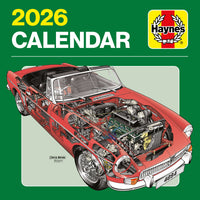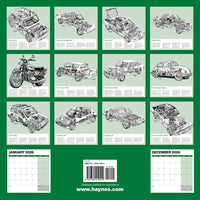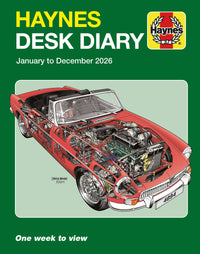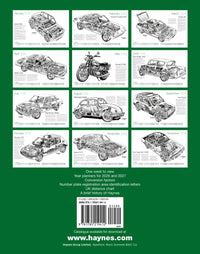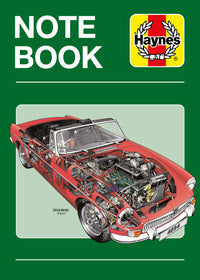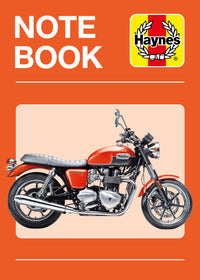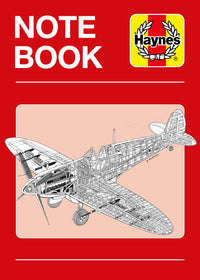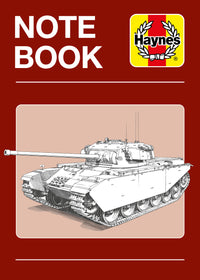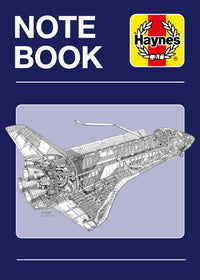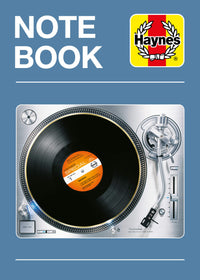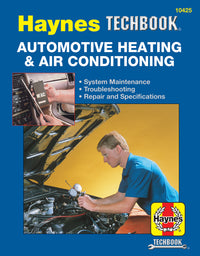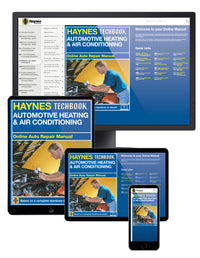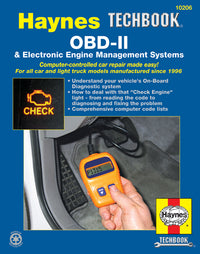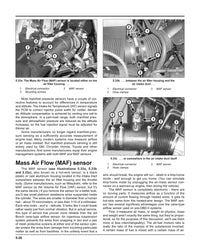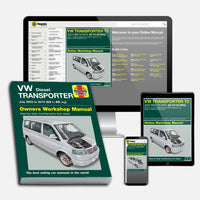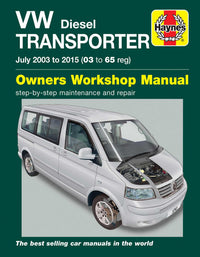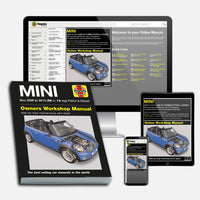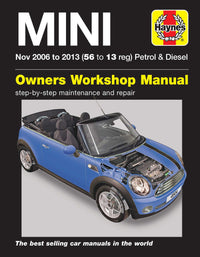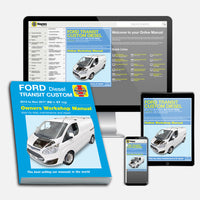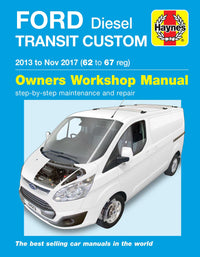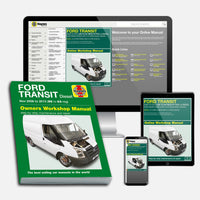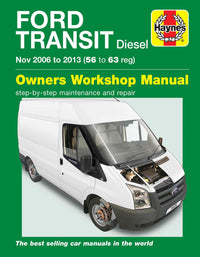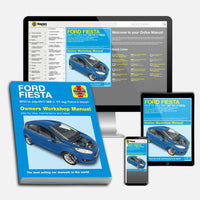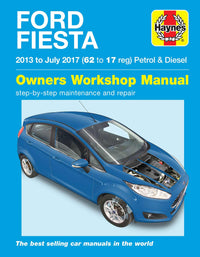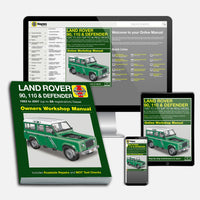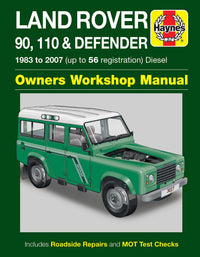A piston is a key component in a reciprocating engine. It's made from a cylindrical piece of metal with piston rings that help to form an air-tight seal once the piston is installed within the engine cylinder. The piston is attached via a piston pin or gudgeon to a connecting rod, which in turn is connected to the crankshaft.
In four-stroke (petrol and diesel) car engines, the intake, compression, combustion and exhaust process takes place above the piston in the cylinder head, which forces the piston to move up and down (or in and out in a horizontally opposed - or flat - engine) within the cylinder, which causes the crankshaft to turn.

Why a piston is made of aluminium
Engine components need to be hardwearing for longevity and lightweight to improve efficiency.
As a result, pistons are usually made from an aluminium alloy, which is the best all-round material to use in the average car and motorcycle engine. However, the piston rings (usually comprising, from top to bottom, a compression ring, a wiper ring and an oil ring) are made from cast iron or steel.
How piston rings work
The oil ring wipes oil from the cylinder wall when the piston is moving, but over time it and the other rings can wear, allowing oil from the crankcase to move into the combustion chamber.
Excessive oil consumption and white smoke from the exhaust tailpipes indicate piston ring wear.
Internal combustion engines can operate with a single cylinder – and therefore one piston (for example, most motorbikes and petrol lawnmowers or generators) or as many as 12 (high-performance sports cars), but most cars have four or six cylinders.

Radial engines, commonly used in propeller-driven planes, have an odd number of cylinders and pistons for a smoother operation.
Pistons also feature in external combustion engines, otherwise known as steam engines, where water is heated in a boiler and the resulting steam is used to propel a pair of pistons (typically) in external cylinders, which then drive the wheels. Rotary engines do not have cylinders or pistons.
